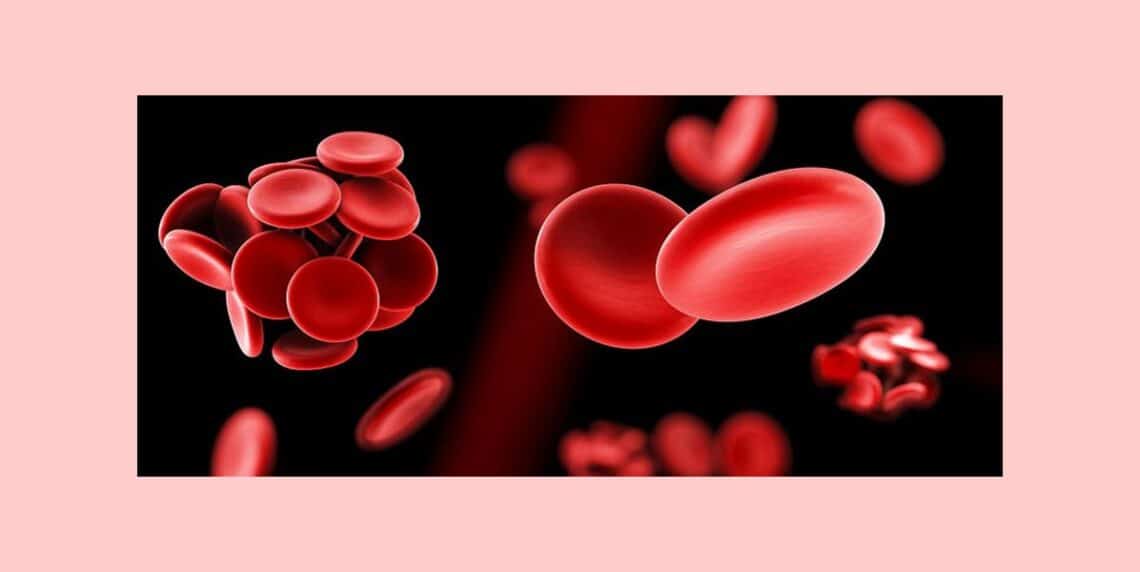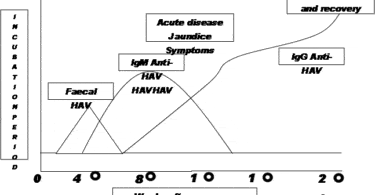Thrombophilia refers to a thrombotic or clotting tendency. It may be inherited or acquired, or perhaps more commonly an interaction between environmental and genetic factors.
The term was coined in 1965 and is a border term than Hypercoagulability, as it includes abnormalities of platelets and fibrinolysis as well as of coagulation.
Thrombophilia is typically associated with the occurrence of thrombi which are familial, unusual, recurrent or multiple.
Acquired causes of thrombophilia
- Surgery and immobilization
- Antiphospholipid syndrome
- Malignancy
- Estrogen administration and pregnancy
- Nephrotic syndrome
- Heparin-induced thrombocytopenia
- TTP-thrombotic purpura
- PNH-paroxysmal nocturnal haemoglobinuria
- Myeloproliferative disorders
- Diabetes
- Hyperlipidemia
- Homocystinuria
- Hyperviscocity
- Congestive cardiac failure
- A common cause of acquired thrombophilia is antiphospholipid syndrome.
Clinical presentationof thrombophiia
Patients will often present with swelling and pain in an extremity, most commonly a leg. Occasionally a distinct firm “cord” can be palpated, but more commonly there will be painful swelling, sometimes with overlying erythema. The swelling can be significant, with sudden onset of respiratory distress and tachypnea, typically with chest pain and areas of decreased breath sounds on auscultation. A possible sinus thrombosis is suggested by neck area. A patient with acute onset of neurologic symptoms and a CT scan that demonstrates an infract requires an evaluation for thrombophilia. A patient with swelling, numbness and a cold upper extremity is highly suspect for thoracic outlet syndrome.
Radiographic studies are necessary to identify mechanical obstruction to flow from compression of the major vessels.
Homeopathic treatment for thrombophilia
Homeopathy is one of the most popular holistic systems of medicine. The selection of remedy is based upon the theory of individualization and symptoms similarity by using holistic approach. This is the only way through which a state of complete health can be regained by removing all the sign and symptoms from which the patient is suffering. The aim of homeopathy is not only to treat thrombophilia but to address its underlying cause and individual susceptibility. As far as therapeutic medication is concerned, several remedies are available to treat thrombophilia that can be selected on the basis of cause, sensations and modalities of the complaints. For individualized remedy selection and treatment, the patient should consult a qualified homeopathic doctor in person.





